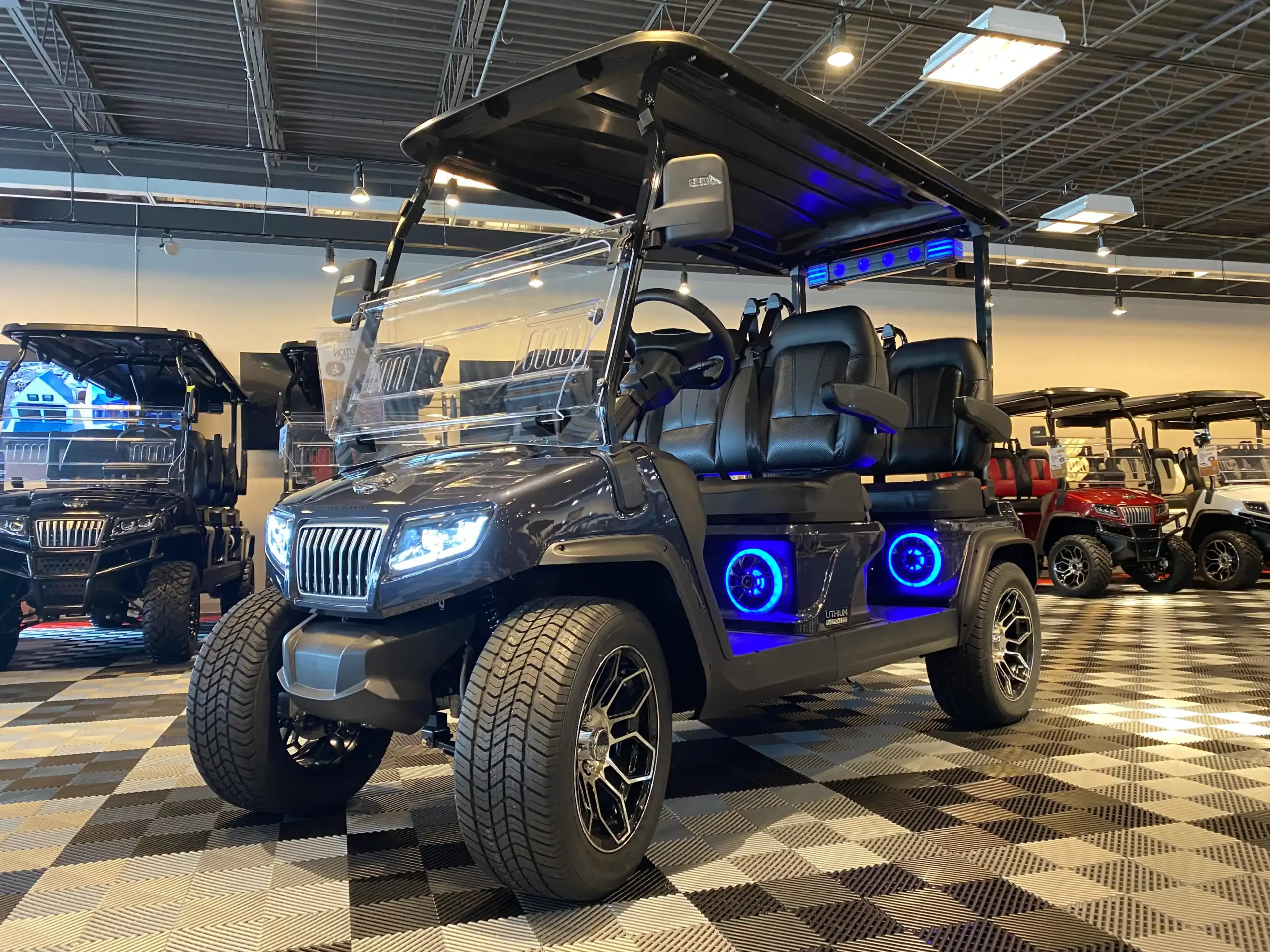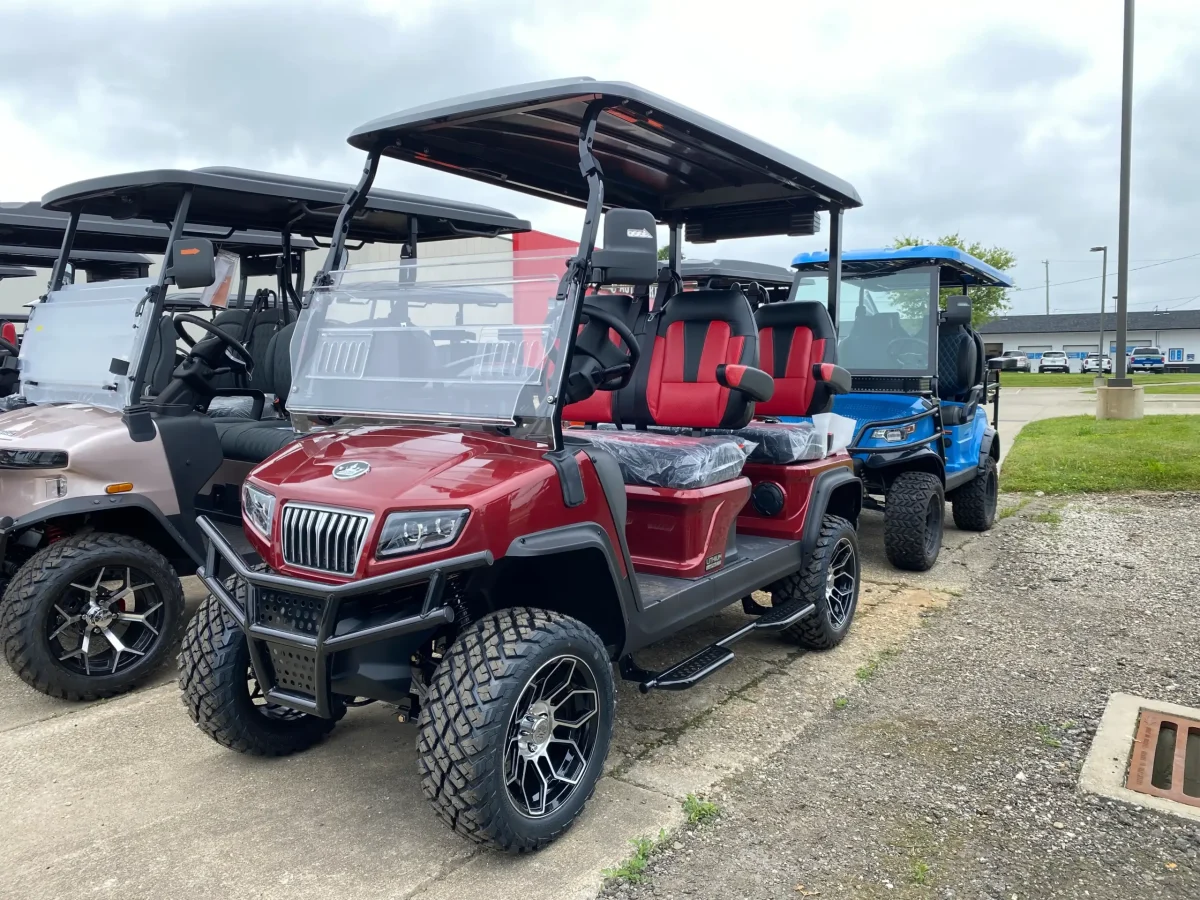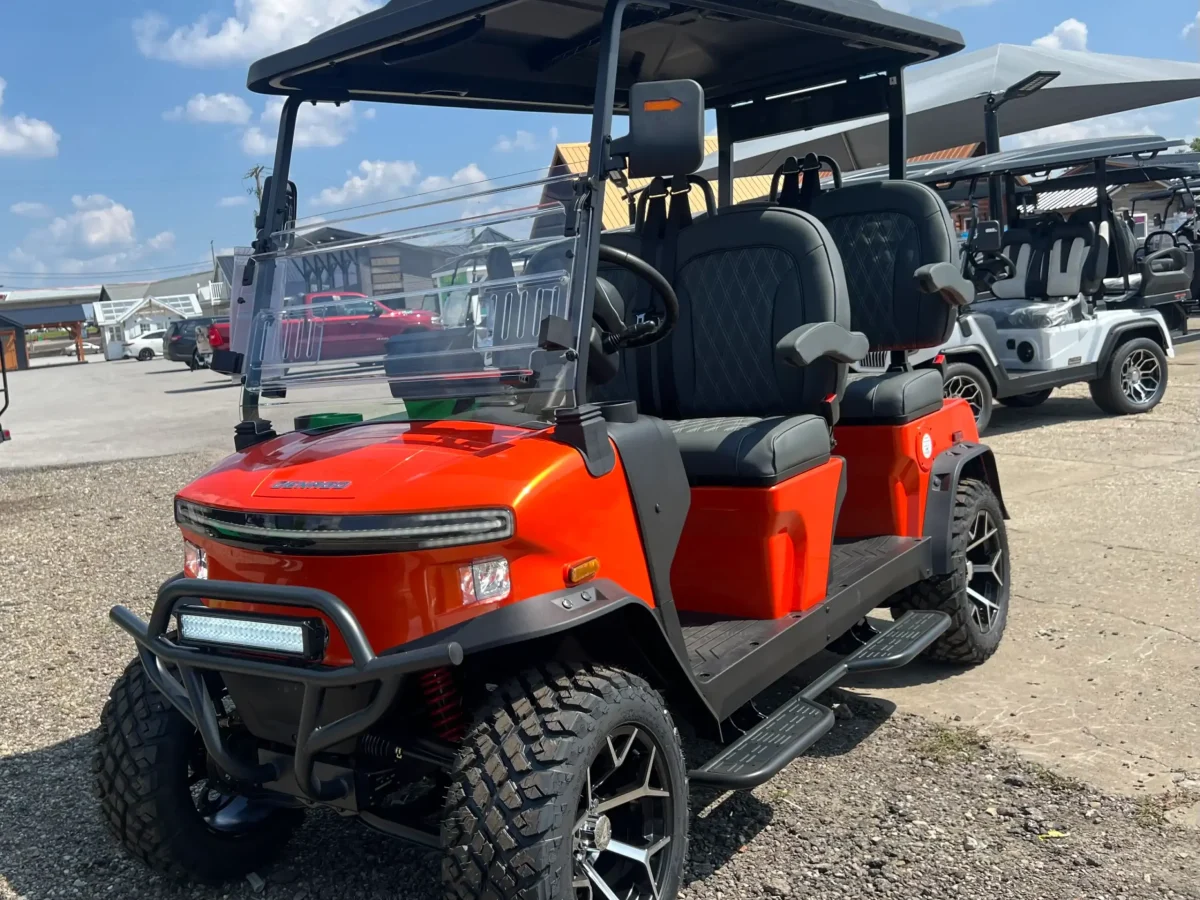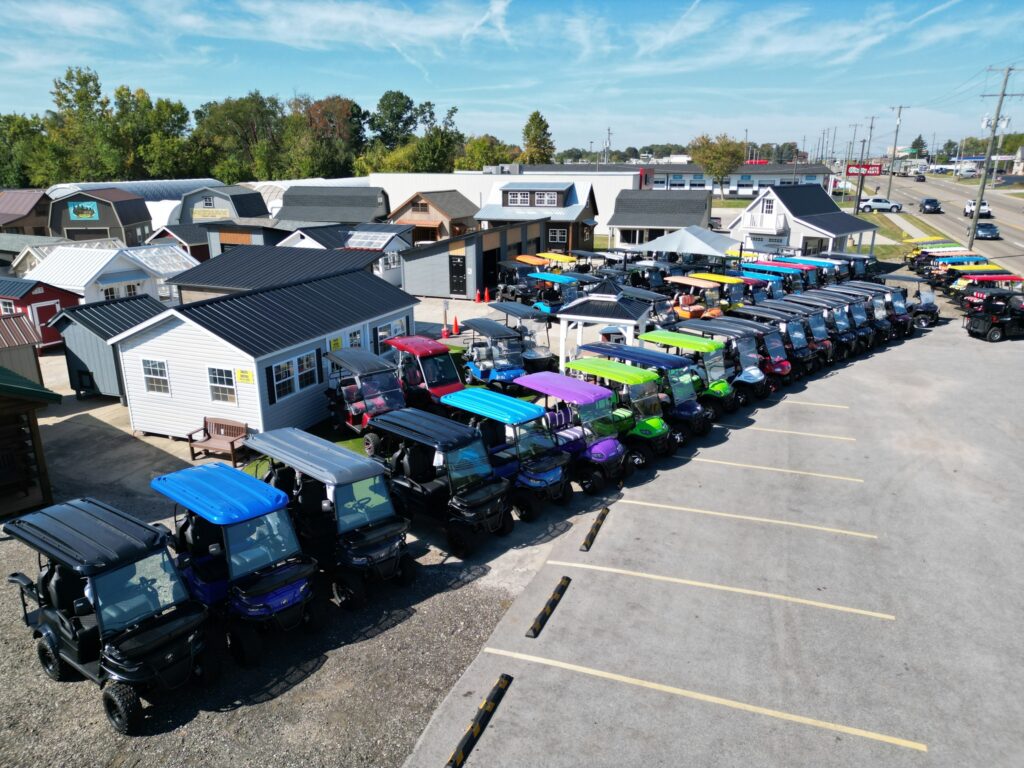Are Ebikes Allowed on Bike Trails
The question are ebikes allowed on bike trails comes up at shops, trailheads, and city meetings. Riders love how pedal assist flattens hills and extends mileage. However, rules differ by location, trail type, and e‑bike class. With a little homework, you can ride legally, comfortably, and respectfully.
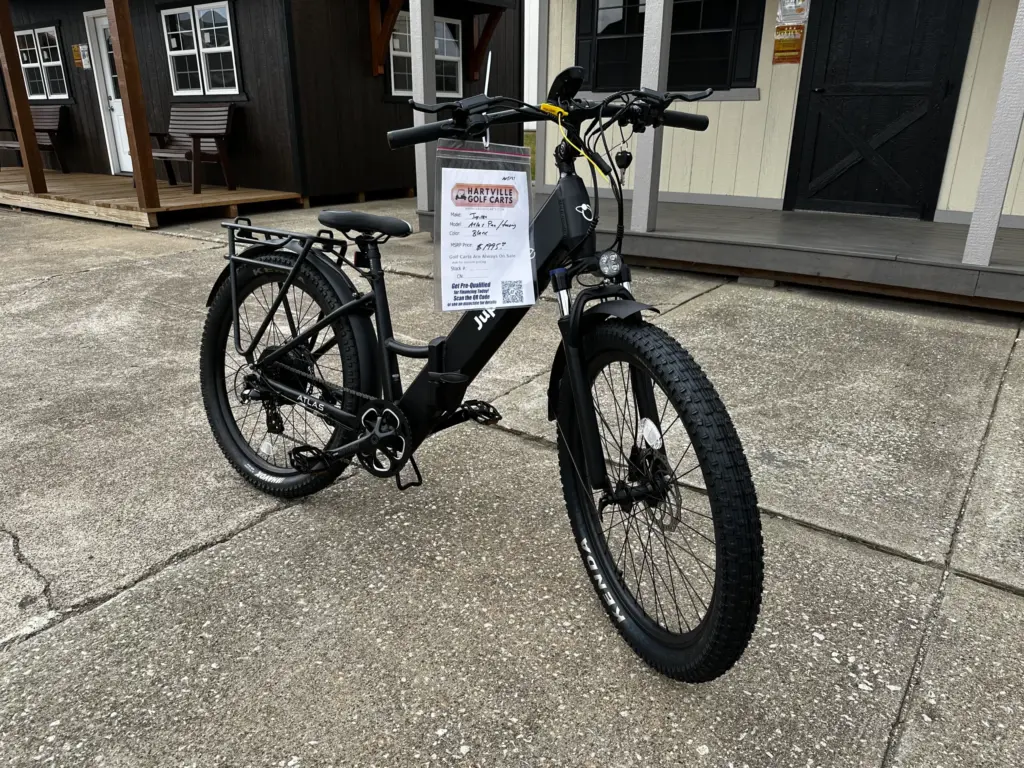
Who actually sets the rules—and why that matters
Federal guidance defines what an e‑bike is, yet access decisions sit closer to home. States, cities, counties, and land managers write and enforce trail policies. Consequently, two paths in neighboring towns can post very different signs. Before you roll, check the kiosk, scan the park website, and—if anything looks unclear—call the office that manages the trail.
Why classes control access more than marketing words
Most states rely on the three‑class system. Class 1 uses pedal assist only and stops assisting at 20 mph. Class 2 adds a throttle but still caps at 20 mph. Class 3 provides pedal assist to 28 mph and usually includes a speedometer. Because managers lean on these labels, they shape where you can ride. Many paved multi‑use paths welcome Class 1, some allow Class 2 with limits, and most steer Class 3 to streets or on‑street lanes. Therefore, if you are asking are ebikes allowed on bike trails in your town, start by matching your bike’s class to the posted rule.
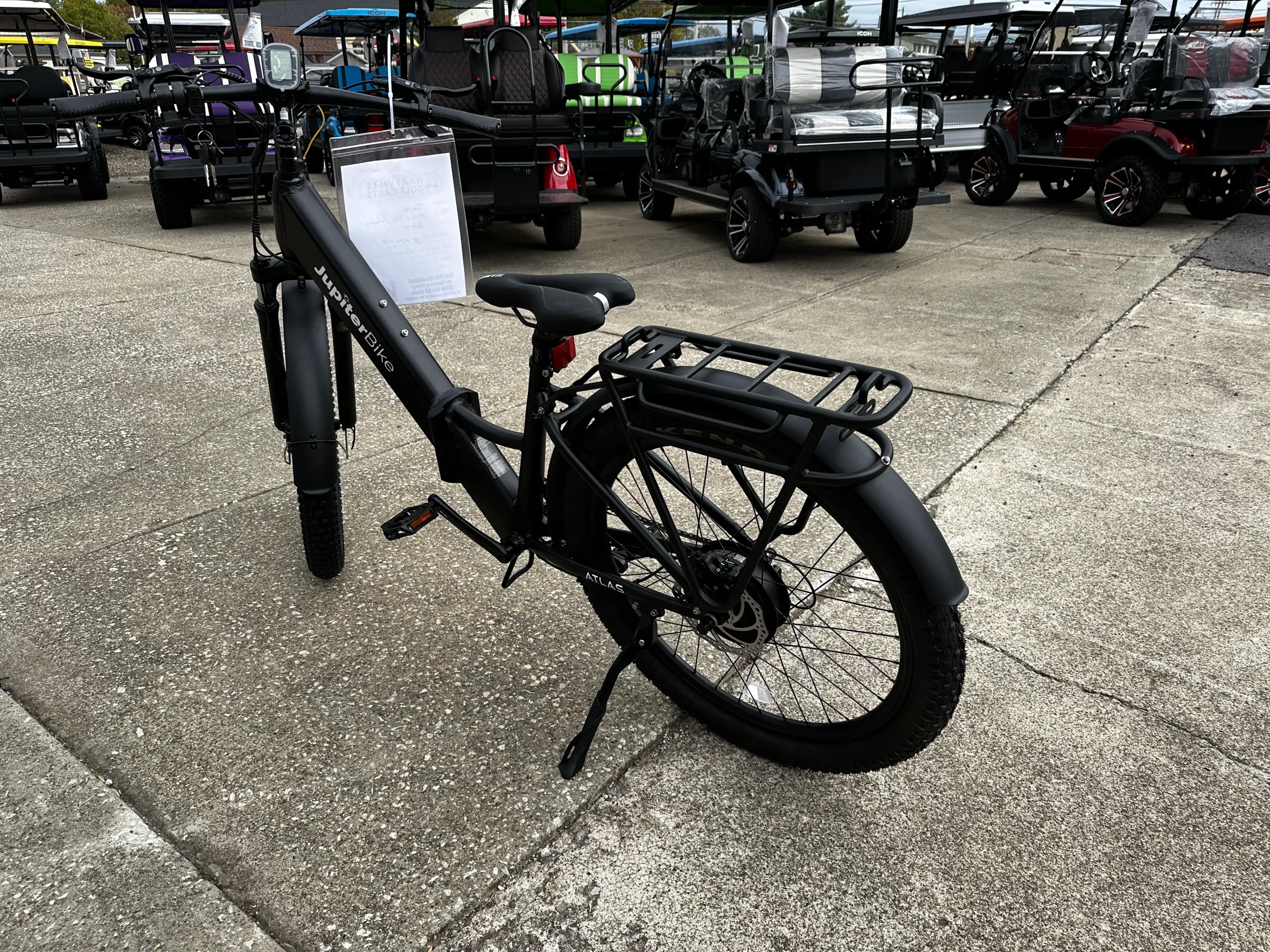
Paved paths: speed, space, and shared‑use etiquette
On greenways and waterfront promenades, safety depends on pace and courtesy. Slow near pedestrians, announce passes, and keep right. In addition, many communities post a 15 mph limit for all users, regardless of bike type. Observing those caps, signaling clearly, and making wide, gentle passes show that e‑bikes fit well in shared spaces. As a result, managers feel confident keeping access open.
Dirt singletrack: different terrain, different decisions
Natural‑surface trails raise extra questions about soil wear and closing speeds. Some systems allow Class 1 e‑MTBs on selected loops. Others confine e‑bikes to motorized routes or wide fire roads. Because conditions shift with weather and use, policies evolve. Accordingly, do not assume yesterday’s rule still applies. Review the park’s website, look for fresh postings at the trailhead, and ask a ranger when in doubt. That quick check turns a broad question—are ebikes allowed on bike trails—into a clear yes or no for the trail under your tires.
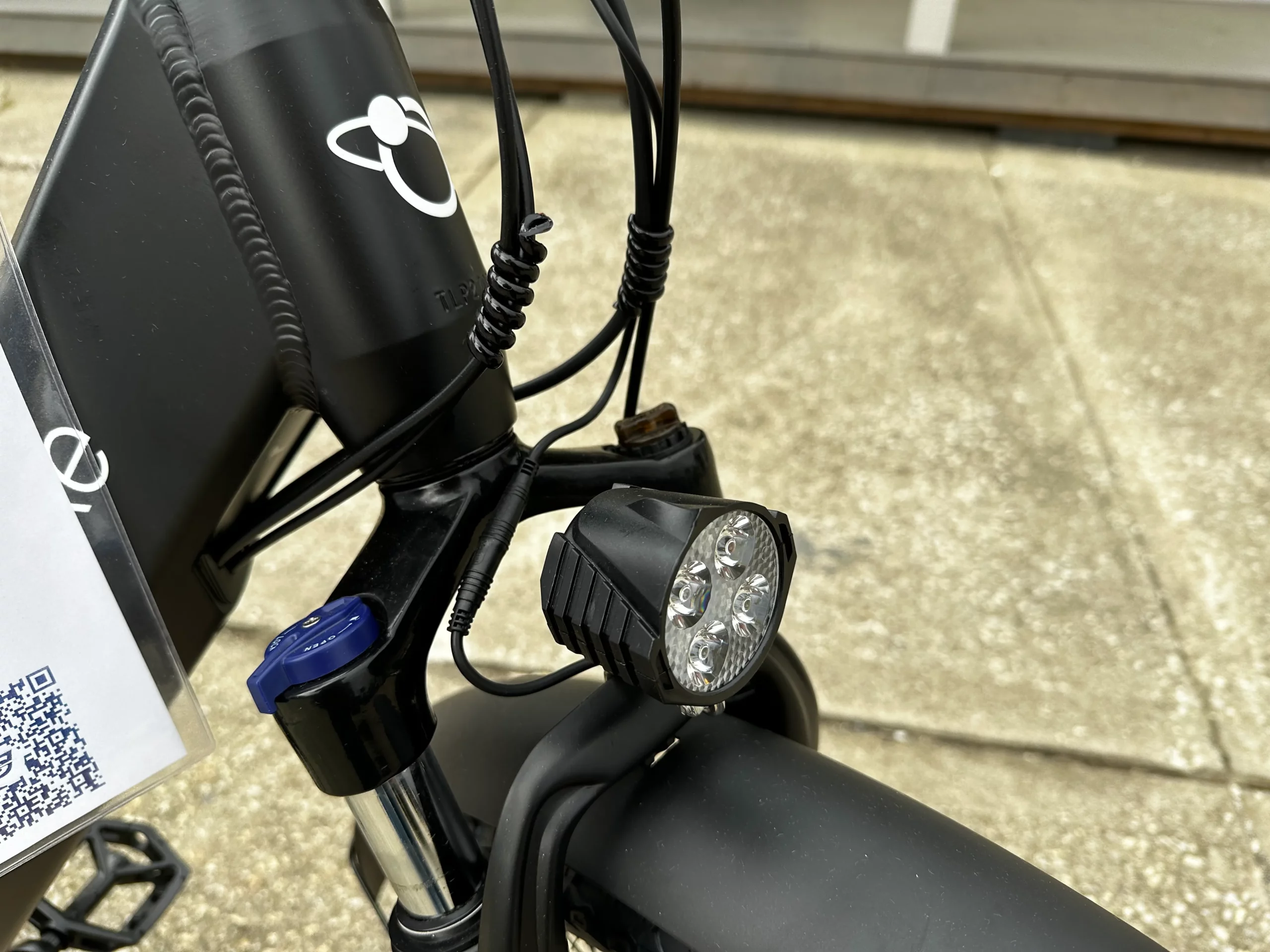
Choosing the right bike for the right trail
Features on your e‑bike influence where and how it shines. For instance, the Jupiter Bike Defiant Pro Fat Tire Bike floats over crushed limestone and beach‑adjacent sand, which suits rail trails and coastal paths. Meanwhile, the Jupiter Bike Defiant ST Step‑Through E‑Bike makes frequent stops at busy crossings easier. Additionally, the Jupiter Bike Atlas Pro Step‑Through Folding E‑Bike packs down for trunk travel or condo storage, then unfolds at the path. Even so, class and posted rules still decide access. If signage permits pedal‑assist only, close the throttle on a Class 2 or select a mode that mirrors Class 1 behavior.
State‑level patterns—and notable exceptions
Many states with extensive paved networks publish straightforward, class‑based guidance. One state might allow Class 1 and Class 2 on most multi‑use paths while reserving Class 3 for streets. By contrast, a neighboring coastal city could allow Class 1 only on waterfront promenades during peak season. Western states with big public‑land systems often start with Class 1 pilots on dirt, gather feedback, and adjust accordingly. Because those nuances affect your ride, verify local ordinances before setting out.
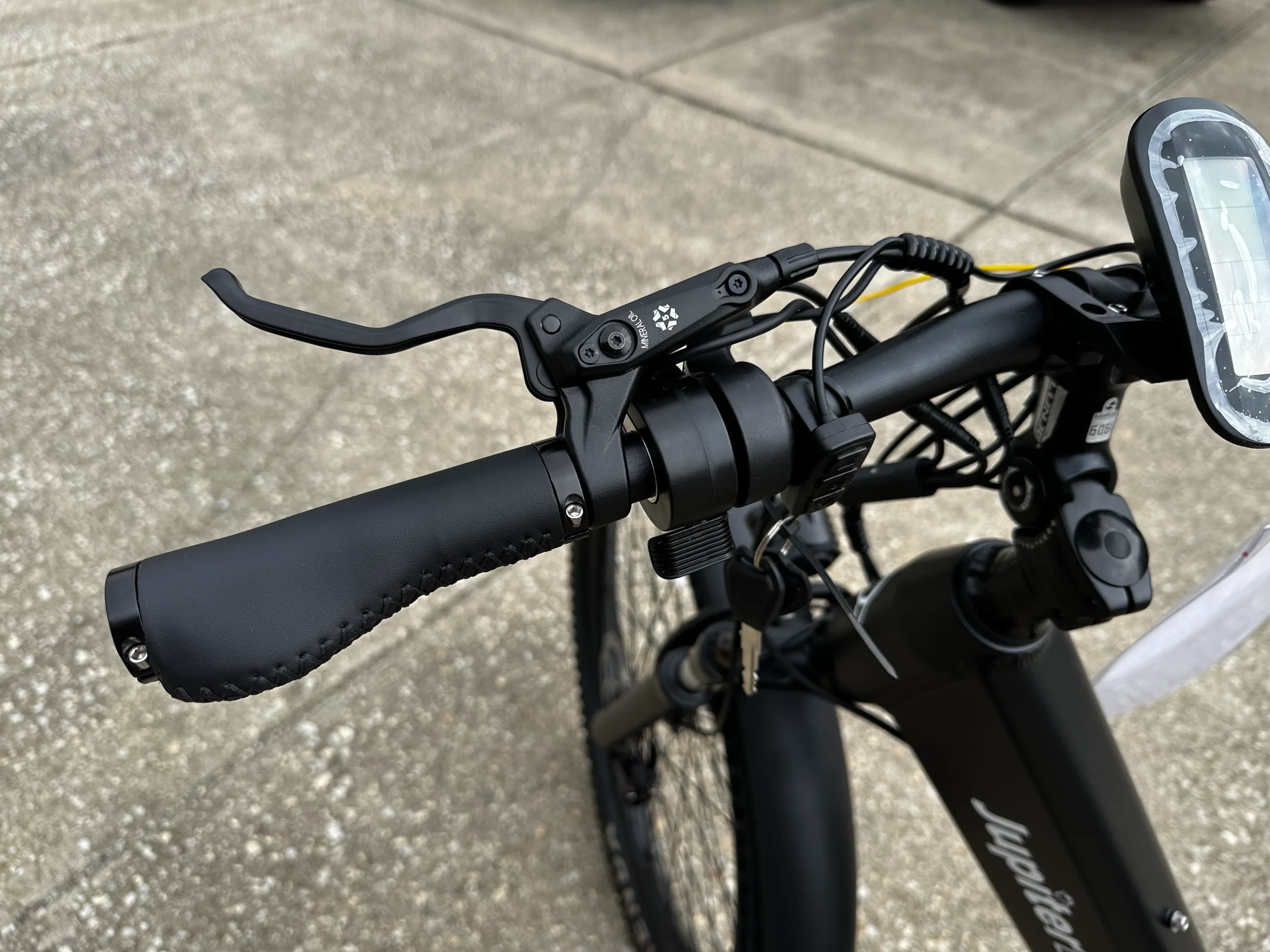
Beyond class: equipment, age, and operating rules
Access policies rarely stop at class labels. Some cities set a minimum rider age for Class 3. Others require front and rear lights after dusk, and many mandate a bell or audible signal for passing. Insurance is generally optional on trails; nevertheless, a homeowners or renters endorsement can add liability peace of mind. These details do not answer are ebikes allowed on bike trails by themselves, yet they shape whether your ride complies locally.
Etiquette that protects access for everyone
Good manners keep doors open. Hold a steady line. Pass slowly and give space. Moreover, yield decisively at narrow bridges and blind corners. On dirt, climb straight, avoid skids, and let downhill riders by on tight singletrack. If your display shows speed, glance down and match the crowd’s pace. Courtesy turns mixed‑use paths into pleasant places and gives policymakers fewer reasons to tighten rules.
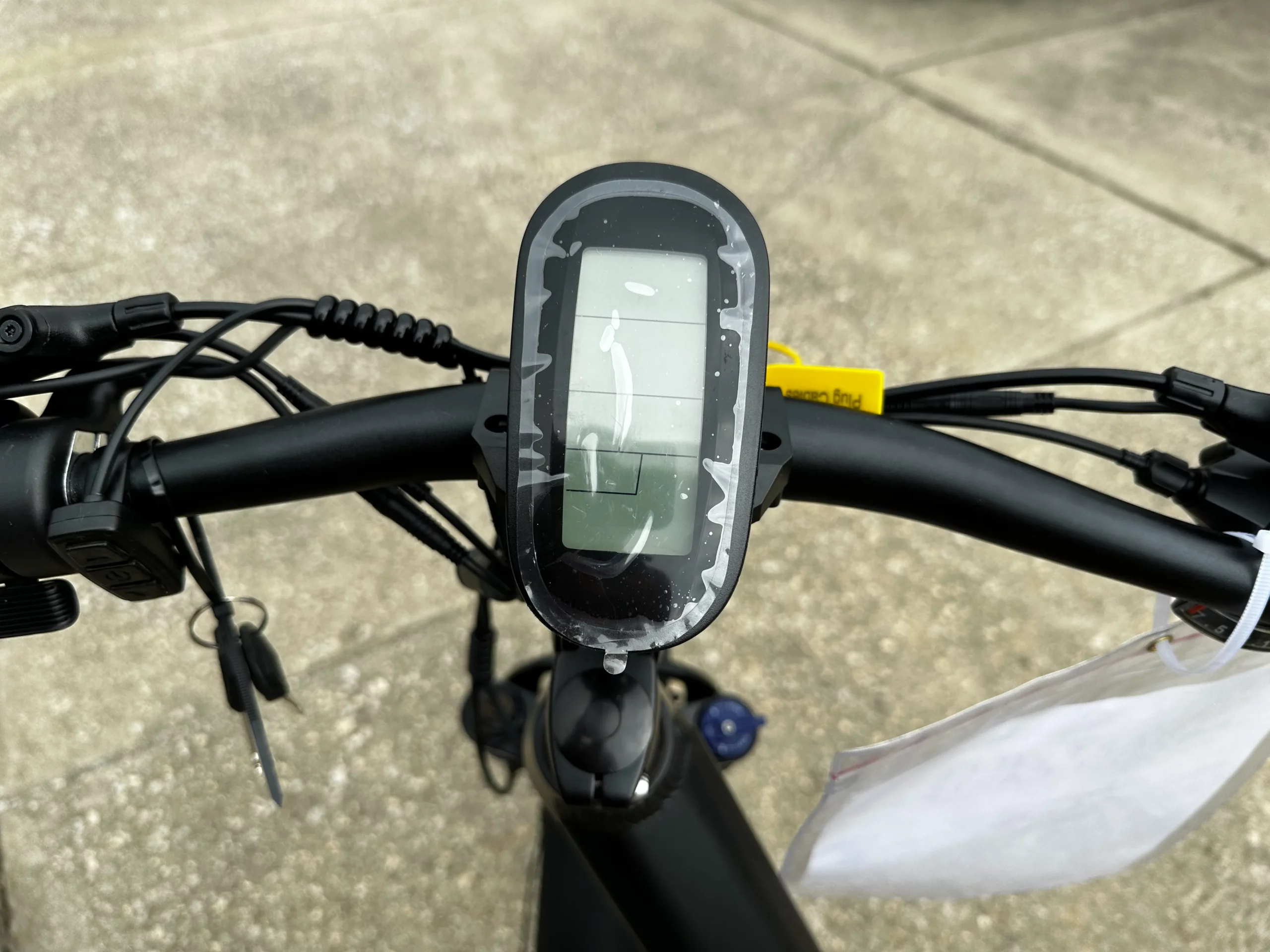
How enforcement actually works
Rangers and officers enforce posted rules, but tone varies by setting. On city paths, expect friendly reminders about speed and signals. In fragile parks, officers may issue citations when riders ignore “no e‑bikes” signs. Because a few bad encounters can trigger wider restrictions, respectful compliance benefits the entire community.
Planning rides that cross multiple jurisdictions
Metro routes often stitch together a city park, a county rail trail, and a state waterfront. Each segment can have unique e‑bike rules. Therefore, plan with a map that highlights paved paths and note any agency changes along the way. Choose low‑traffic hours for popular corridors. If your bike has a throttle, use it to launch smoothly from stops, not as cruise control through crowded sections. With a little planning, a patchwork of rules becomes a seamless ride.
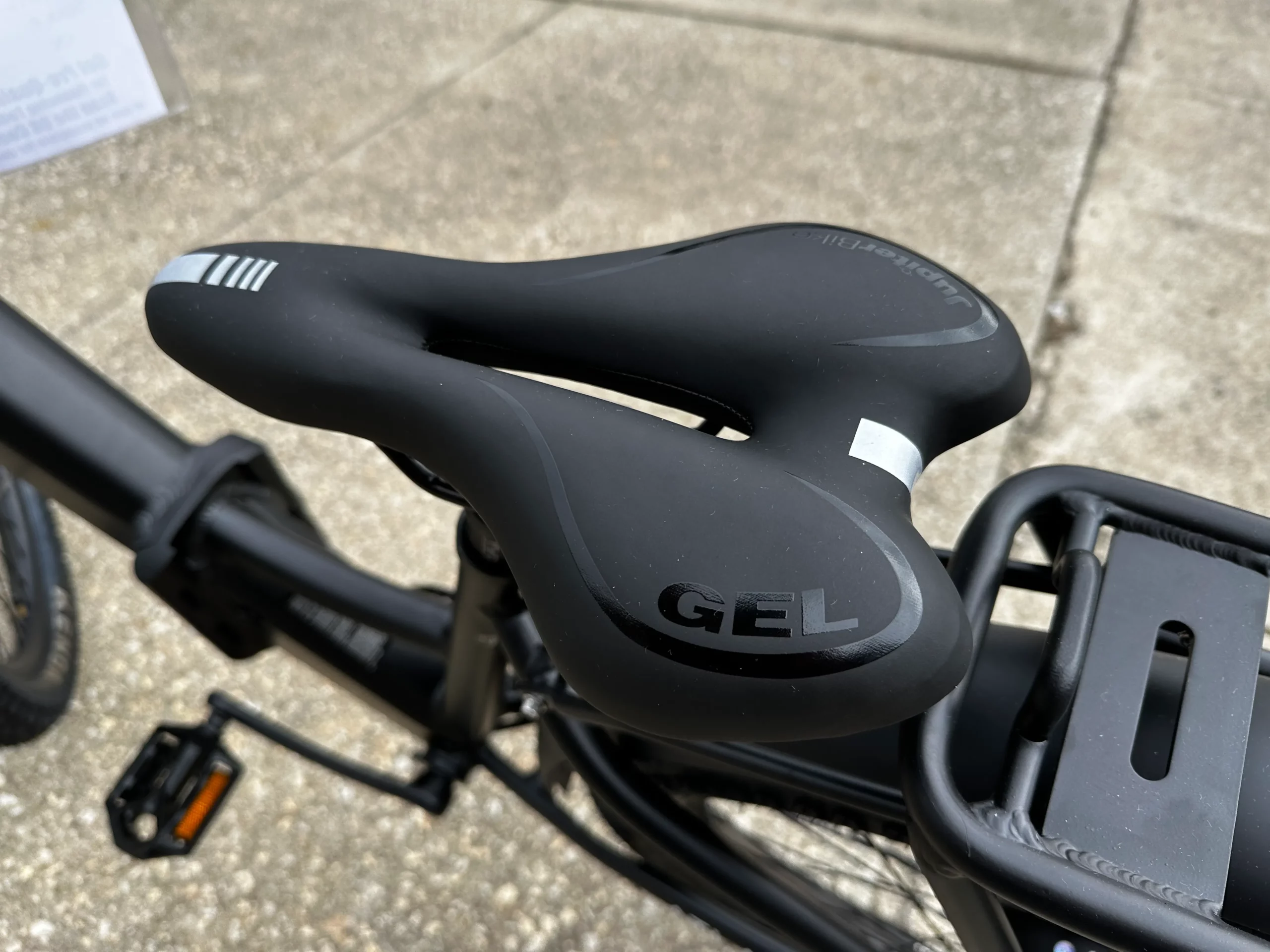
Family riders, newcomers, and inclusive access
Pedal assist widens who can enjoy trails. Parents can tow kids without burning out on hills. Grandparents keep pace on longer rides. New riders stretch a five‑mile loop into a scenic fifteen and still finish smiling. Because those benefits are tangible, managers increasingly say “yes” to Class 1 and—where space allows—Class 2 on paved corridors that serve commuters and families.
Travel and rentals: smoother trips with simple prep
Tourist towns now expect e‑bikes. Rental fleets often lock models into Class 1 to match local rules. Shops post QR codes that link to city etiquette pages. When you bring your own bike, carry a charger, a compact tool kit, and a printed policy. A two‑minute chat with the local shop or a ranger can prevent an avoidable detour.
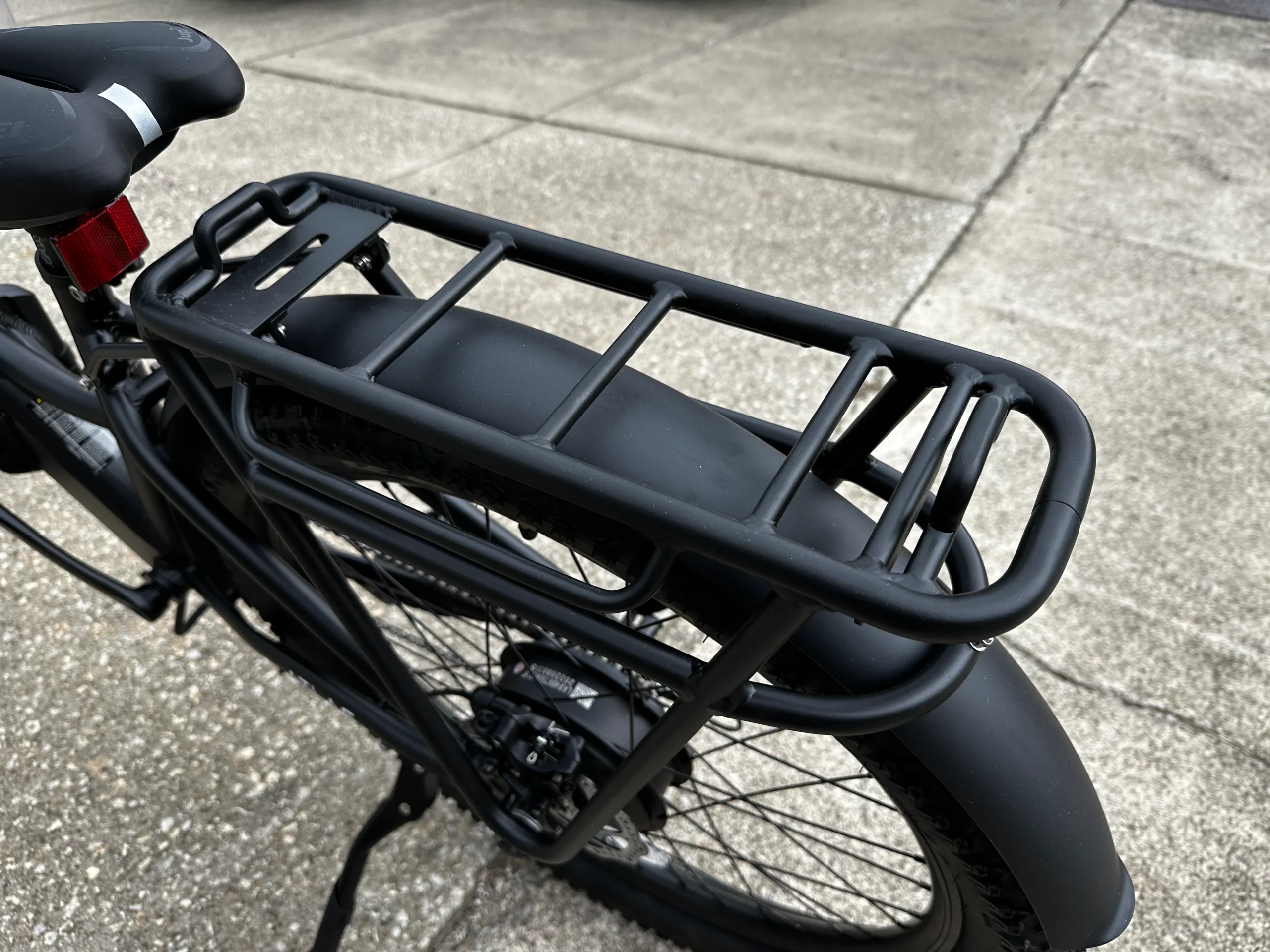
Battery management and safe operation on shared paths
Trail miles sip less power than stop‑and‑go street riding. Even so, start unfamiliar routes with 80–100% charge and aim to finish with at least 20% reserve. Secure the battery, and check frame latches on folding models like the Atlas Pro. Avoid water crossings deep enough to reach electronics. Furthermore, lower assist smooths throttle response and encourages safer group dynamics on busy paths.
How communities decide whether to allow e‑bikes
Cities use trails to connect neighborhoods and cut car trips. E‑bikes extend that mission by turning “too far to bike” into an easy ride for more people. When councils review are ebikes allowed on bike trails, they weigh crash data, speed complaints, user counts, and maintenance needs. Responsible riding strengthens the case for expanding access. Conversely, repeated conflicts push policies in the opposite direction.
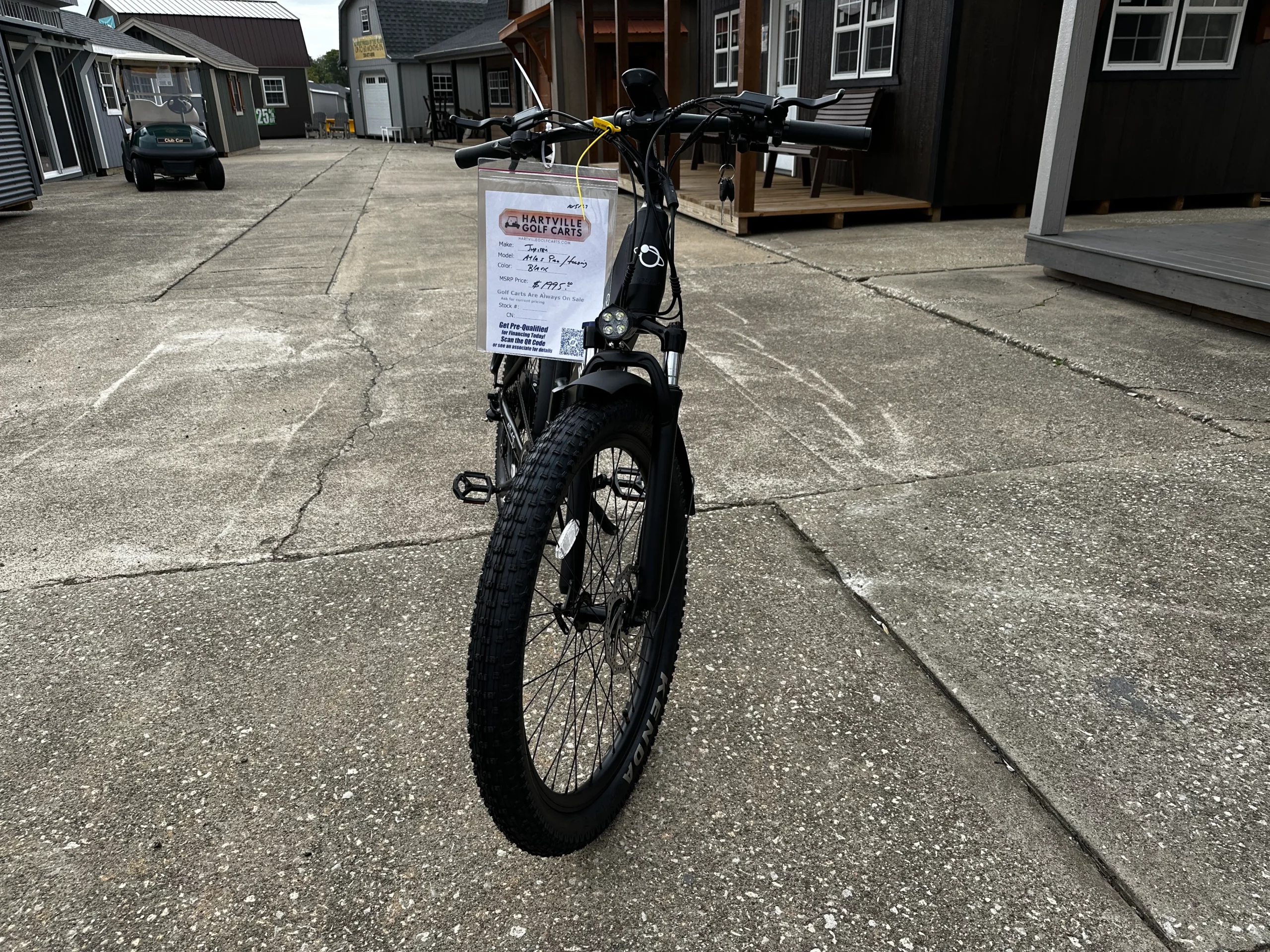
Where to verify current rules before you ride
Policies change with seasons and demand. Always confirm the latest status for the exact trail you plan to use. A reliable national starting point is PeopleForBikes’ state‑by‑state database. From there, click through to city or land‑manager pages for site‑specific details. If questions remain, call the parks office. Rangers will give you the definitive answer.
Putting it all together for a smooth day out
Think in layers. First, match your e‑bike’s class and assisted speed to the posted policy. Next, consider trail type: paved paths usually welcome e‑bikes with speed caps, while dirt access depends on local decisions. Finally, ride with generous etiquette—signal, yield, and keep your pace friendly. With those layers aligned, the broad question—are ebikes allowed on bike trails—becomes a simple plan for a legal, neighborly ride.
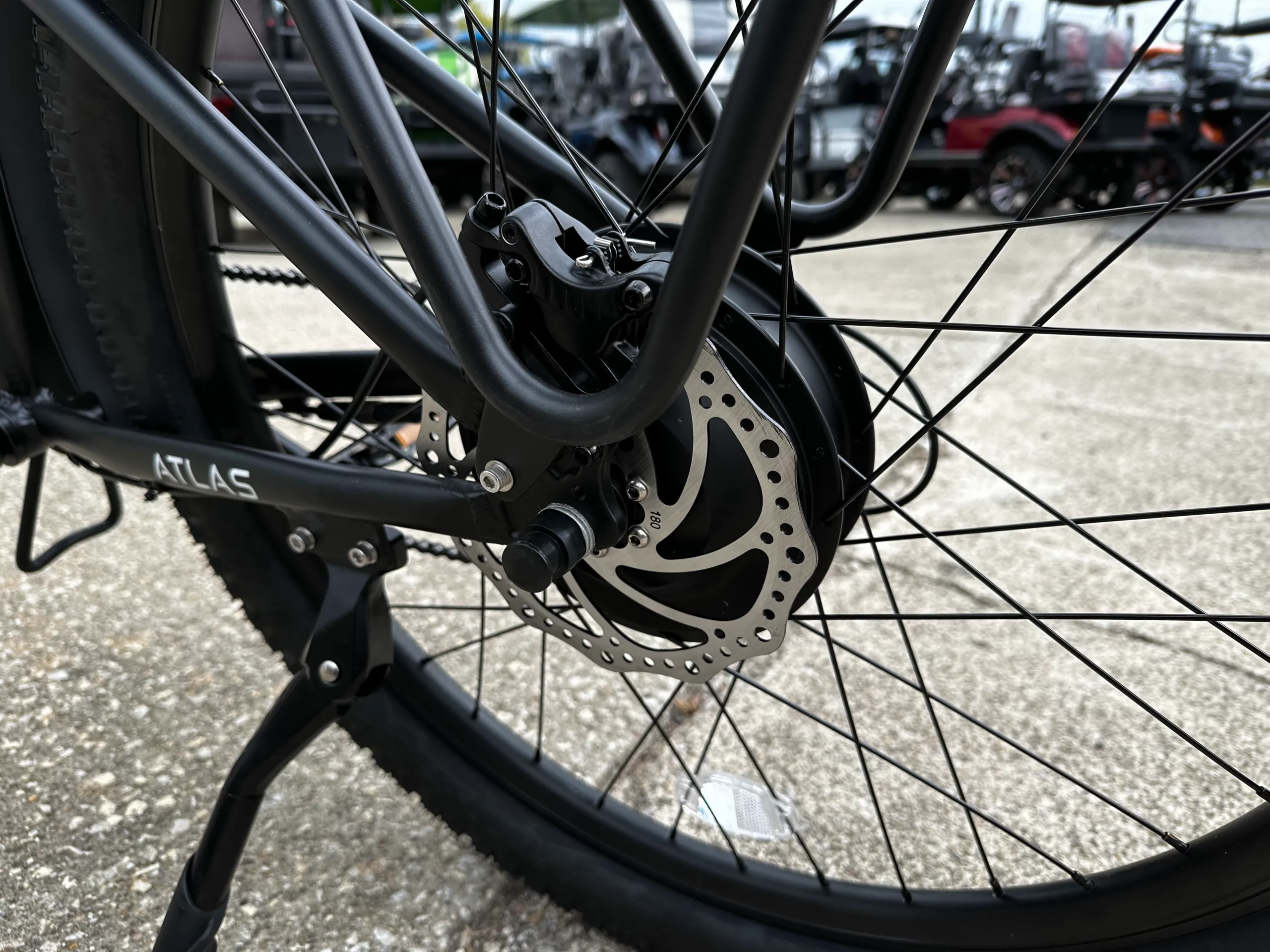
Conclusion — Hartville Golf Carts’ perspective
So, are ebikes allowed on bike trails? In many places, yes—especially for Class 1 and, where allowed, Class 2 on paved multi‑use paths—while natural‑surface access still varies by manager. Choose a model that fits your routes, set assist to the flow, and treat every passerby like a neighbor. At Hartville Golf Carts, we help riders pick the right fit—fat‑tire comfort with the Jupiter Bike Defiant Pro, step‑through confidence on the Defiant ST, or compact travel with the Atlas Pro Folding E‑Bike. If you want help matching a bike to your town’s rules, our team is ready to guide you so every ride is legal, safe, and a lot of fun.



